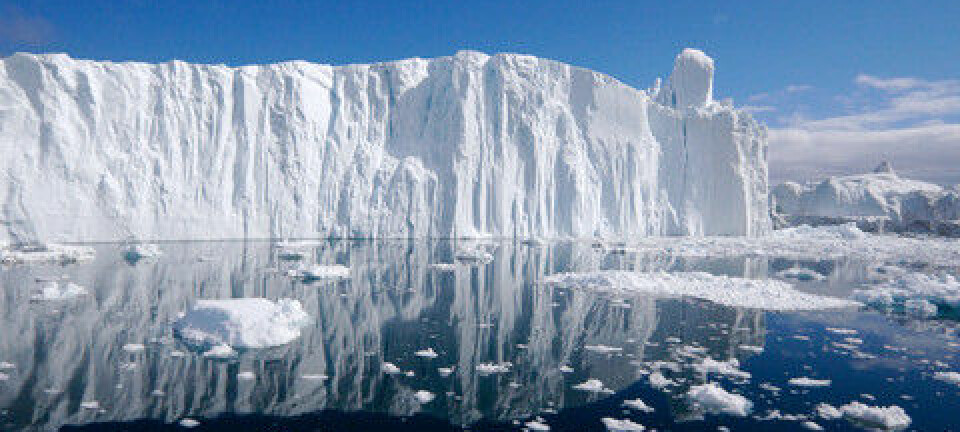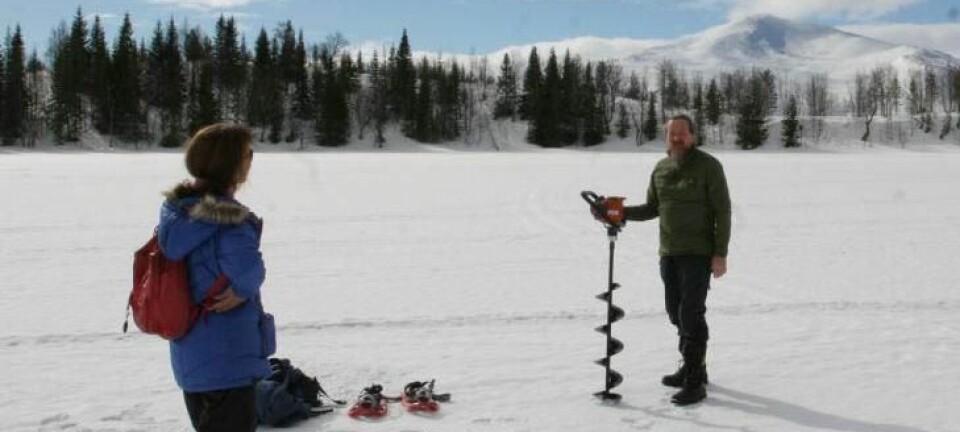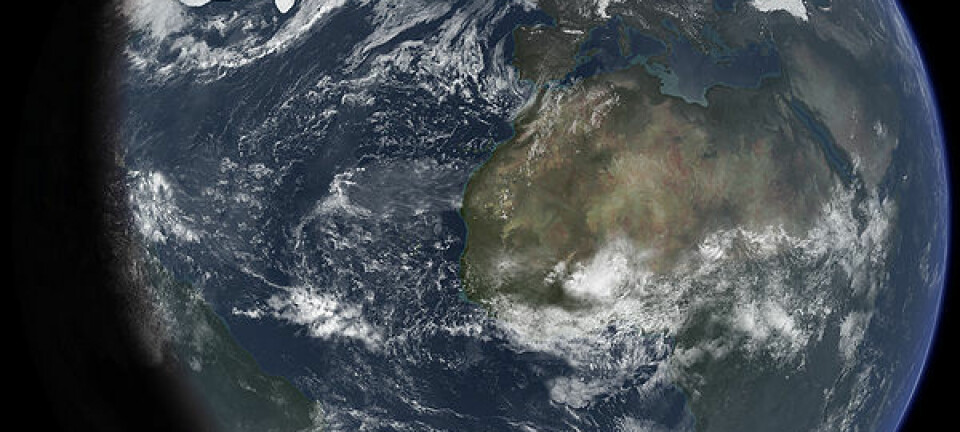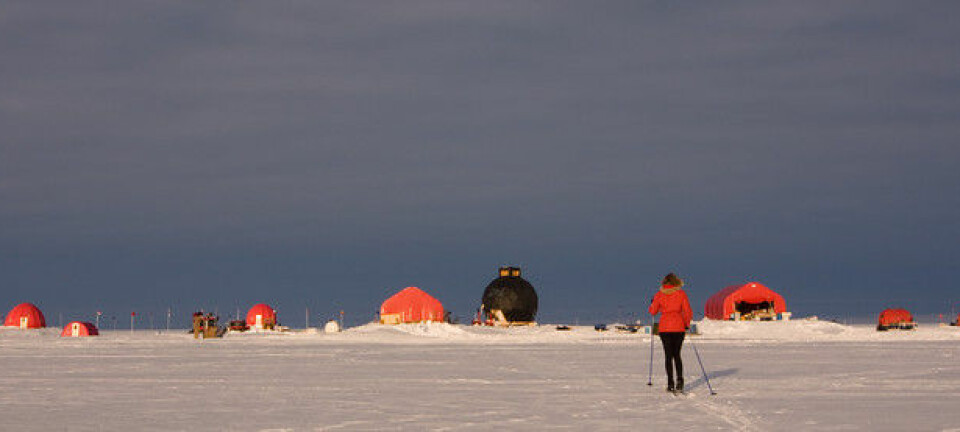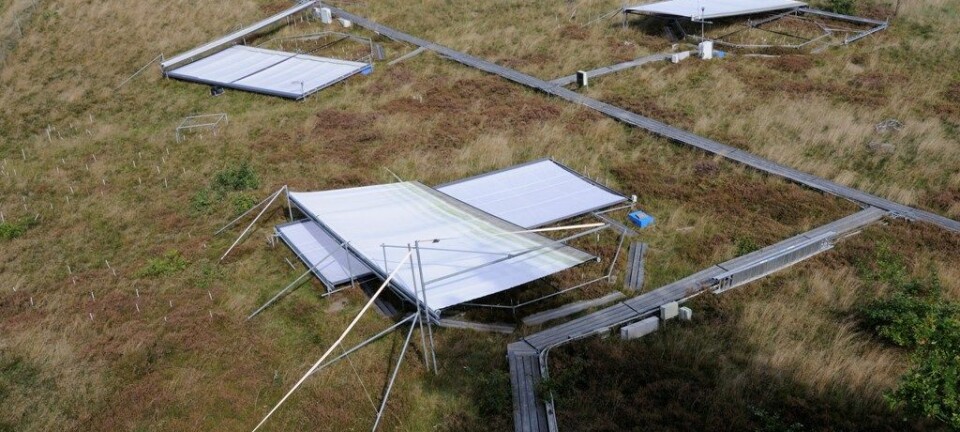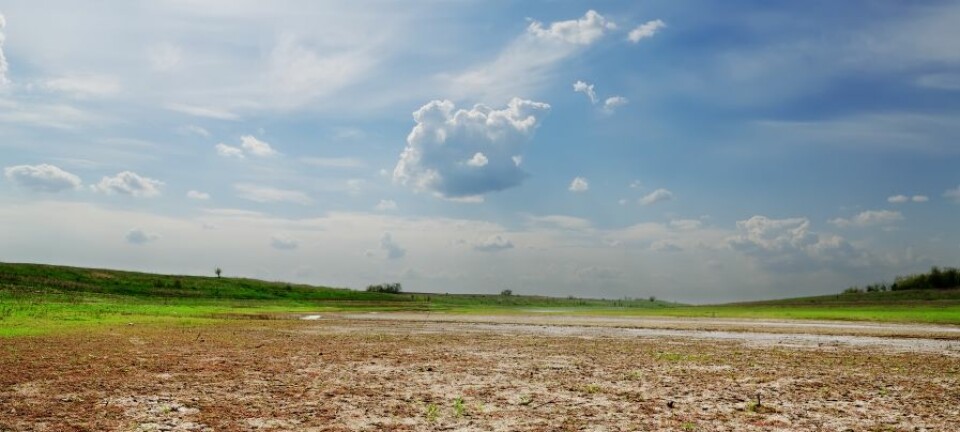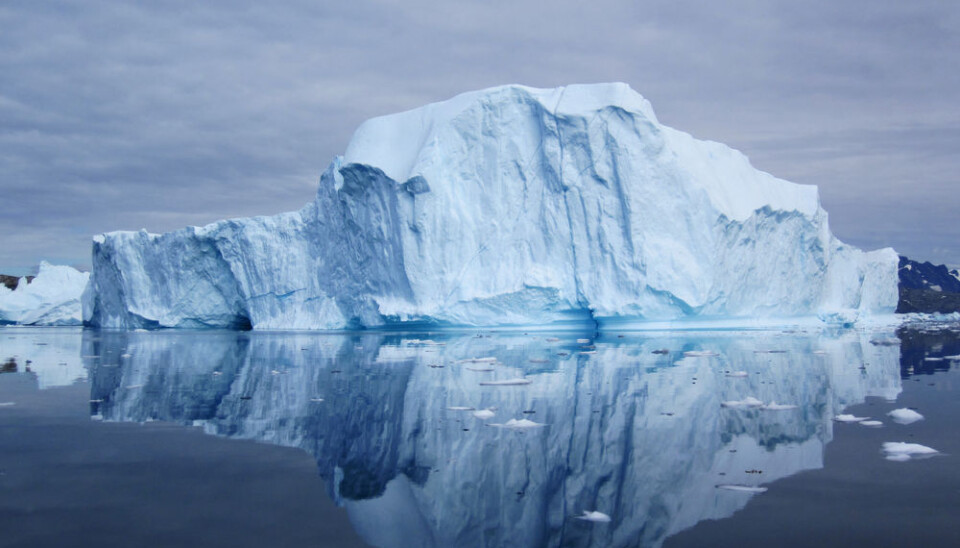
Greenland icebergs may have triggered the Younger Dryas
Just as the last Ice Age was drawing to a close, Greenland icebergs changed the temperature in the Atlantic and triggered a 1,000-year-long extension of the Ice Age.
Some 13,000 years ago, as the last Ice Age seemed to lose its cold grip on the Earth, the temperature suddenly plunged again.
Up to now, scientists believed that the Younger Dryas cold reversal was caused by great amounts of Canadian meltwater flowing out into the North Atlantic and cooling it after an ice barrier collapsed upstream from the St Lawrence Valley.
Now the latest research indicates that it was not meltwater from Canada that triggered the Younger Dryas cooling (see Factbox). According to a new study, this was caused by icebergs and meltwater from Greenland.
”Even though the Greenland ice sheet is a dwarf compared to the gigantic North American ice sheet of the last Ice Age, our studies of the seabed in the Labrador Sea, located between the two ice caps, show that the sediments deposited just prior to the Young Dryas originated from Greenland, not Canada. This sheds new light on the Greenland Ice Sheet’s role in the global climate,” says Paul Knutz, a senior researcher at the Geological Survey of Denmark and Greenland (GEUS).
The sediments deposited just prior to the Young Dryas originated from Greenland, not Canada. This sheds new light on the Greenland Ice Sheet’s role in the global climate.
The new findings are published in the journal Earth and Planetary Science Letters.
Dating with potassium and argon
In the study, the researchers looked at the composition of sand and gravel that is picked up by glaciers on land and which later ends up on the seabed, carried by melting icebergs.
Examining the ratio between the elements potassium and argon allowed the team to determine the age of the bedrock from which the grains of sand came.
This dating method relies on the radioactive decay of potassium isotopes into argon, a process acting over many millions of years. So the greater the ratio of potassium to argon, the younger the bedrock.
We’re seeing a link between an increasing number of Greenlandic icebergs in the western part of the Atlantic Ocean and the climate changes that occurred during the Younger Dryas at the end of the last Ice Age.
The dating revealed that the grains of sand in the part of the seabed mud layer that was deposited on the seabed prior to the Young Dryas mainly came from rocks that were up to three billion years old.
Since dropstones from the North American ice sheet are ‘only’ up to two billion years old, and the bedrock in southern Greenland consists of rocks that are between two and three billion years old, the researchers concluded that the cooling ice masses came from Greenland and not Canada.
“Our results are clear. After a strong pulse of icebergs from the North American ice sheet 16,000-17,000 years ago, the deposits in our seabed core change into being predominantly Greenlandic,” says Knutz.
“So we’re seeing a link between an increasing number of Greenlandic icebergs in the western part of the Atlantic Ocean and the climate changes that occurred during the Younger Dryas at the end of the last Ice Age.”
Cold water leads to a cold climate
The link between icebergs and meltwater from the great northern hemisphere ice sheets and the global climate is a result of cooling and dilution of the surface water in the Labrador Sea.
When large amounts of icebergs and meltwater flow out into the sea, the fresh water forms a blanket over the salty and more dense waters below. This cap of fresh water is capable of disrupting the vertical overturn of ocean water masses – the so-called thermohaline circulation, which acts as a global heat exchanger between the northern and southern hemispheres.
As a consequence, the production of North Atlantic deep water, a cold deep sea current flowing southward through the Atlantic until it re-surfaces around Antarctica becomes weaker. Any changes to this interhemsipheric exchange of heat and salt can have a profound influence on the global climate system.
“The scientific results show that last glacial-interglacial transition was associated with interactions between ice sheets, ocean and climate,” says the researcher. “Up to now, our knowledge on how the Greenland ice sheet affects this system was limited, but our study shows that it probably had a significant effect on the climate towards the end of the last Ice Age some 10,000 - 14,000 years ago.”
Should we worry about global cooling?
Since melting ice masses and icebergs from Greenland played a role in the climate at the end of the last Ice Age, one could perhaps rightfully ask if this could lead to a global cooling if large amounts of inland ice disappear from Greenland.
“Of course, it’s a different situation because back then we were in an Ice Age, and today we’re in an interglacial period with different conditions. You could say that the link between ice sheets and ocean currents is very sensitive, and we know that especially the deep water masses in the Labrador Sea are closely linked to the rest of the world’s oceans, so if meltwater from Greenlandic glaciers are to have an impact, they’re in the right region,” says Knutz.
“But further studies are required to determine whether icebergs from Greenland only caused a cooling during the Younger Dryas, or whether this link is a more general phenomenon that could also occur today.”
----------------------
Read the Danish version of this articles at videnskab.dk
Translated by: Dann Vinther
